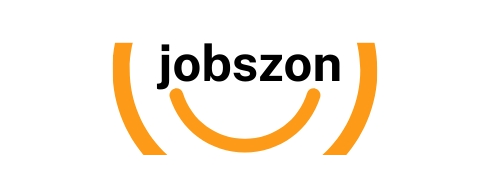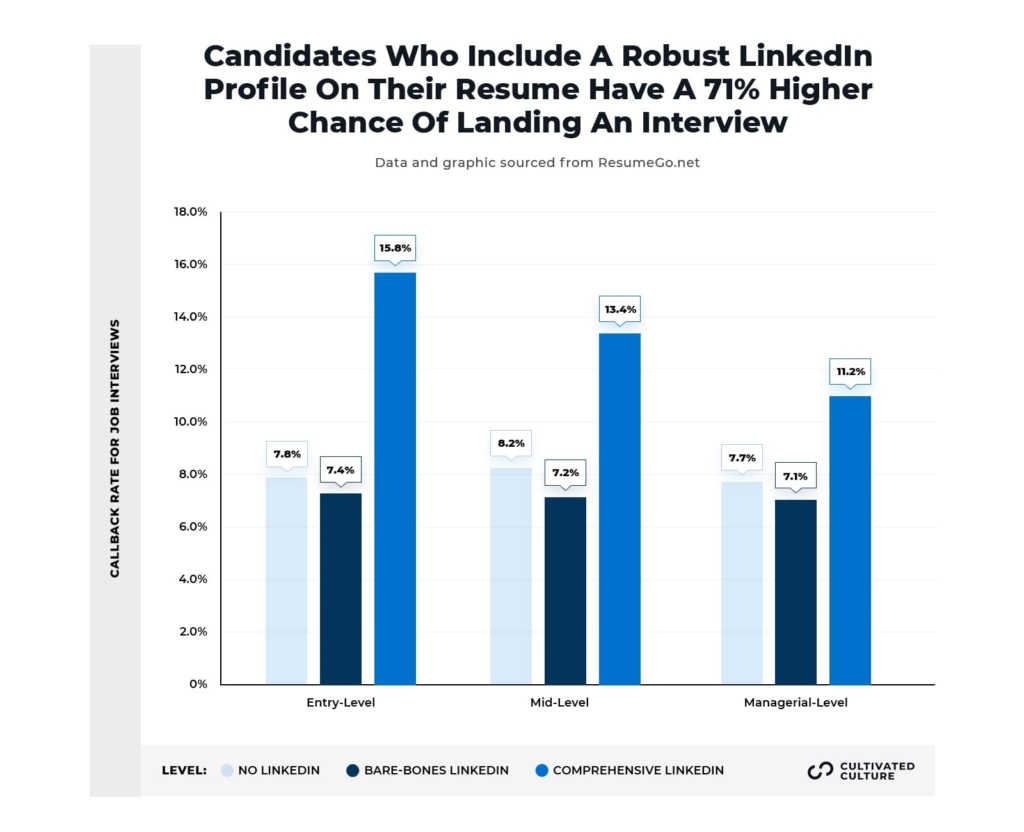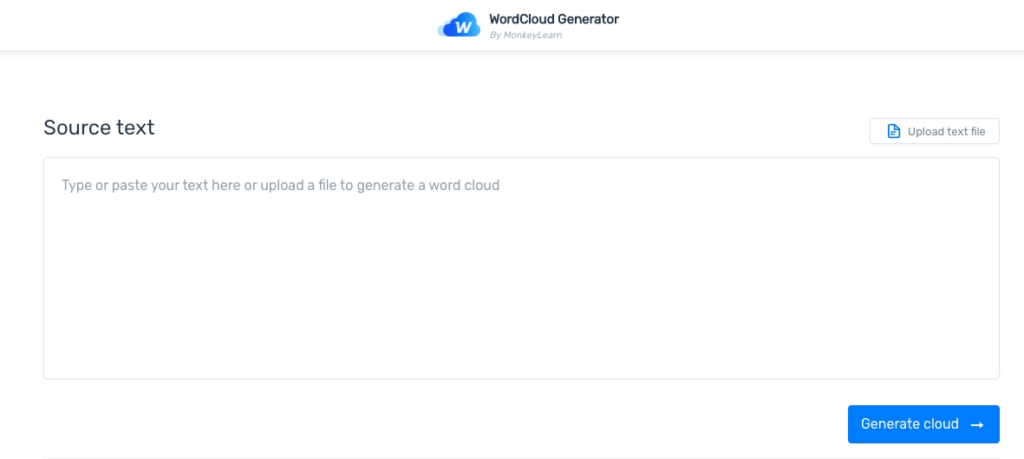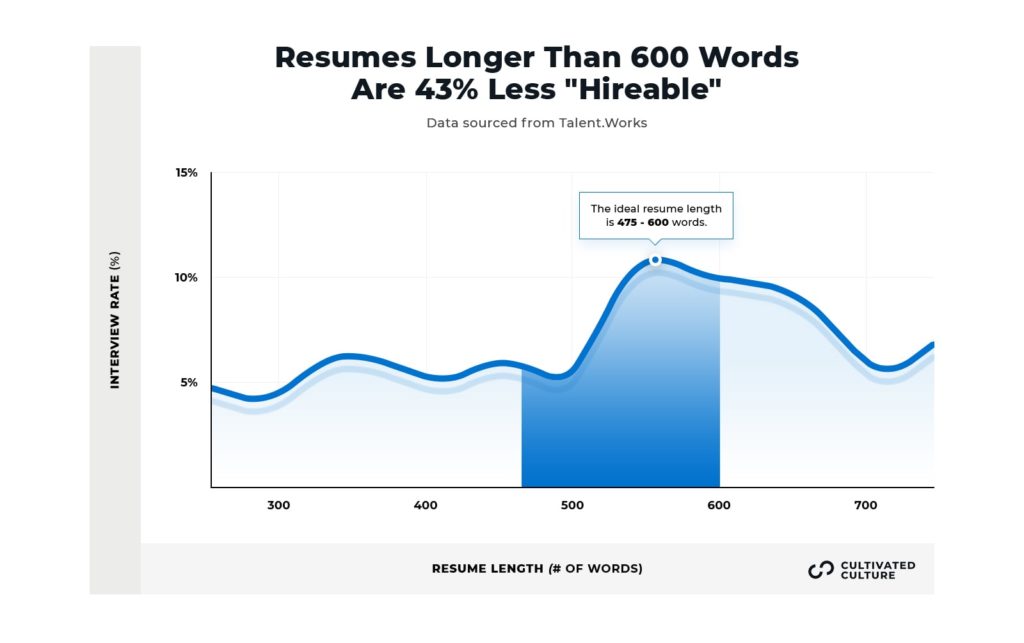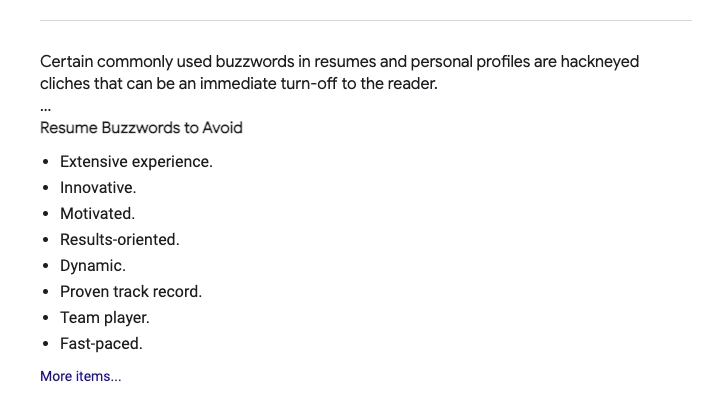There is a serious problem with online executive resume templates. Most of them are way too subjective!
What works for me is not necessarily suitable for you, and vice versa.
So when Austin Belcak analyzed 125,484 resumes and published its analysis, we were very excited. To a large extent the data confirmed many of our suspicions that there are proven, foundational “Golden Rules” to creating an effective executive resume template. In my opinion, the results of his analysis are real.
Your executive resume template should be guided by some proven, core principles. These are what we call the Golden Rules. You should use these rules to guide you whether you are writing a resume for the first time or just writing to improve your so-called high-quality resume of many years.
In this post we will share five crucial points to writing an effective and results-getting executive resume. Then, we will talk about the significance of this research. Finally, we’ll provide practical executive resume writing skills so that your resume stands out.
Let us first state that Austin didn’t ask us to make this post. He doesn’t even know us. We found the video above, looked into the data, and decided YOU needed to hear about this.
Five Executive Resume Template Golden Rules
Below are the five golden rule we gleaned from the research and from the video above. This is just a quick summary, we’ll explain more about each below. Read on…
Number One
First, a resume with a LinkedIn profile can improve the interview success rates. Only 48% of resumes in the study have LinkedIn profiles listed in them.
Number Two
Second, job search candidates only include 51% of the important keywords and skills. It was also noted that most resumes have an insufficient number of critical soft skills listed.
Number Three
Third, listing quantifiable career or job metrics can increase the success rate of resumes. The research found that a mere 26% of resumes contain five or more metrics. This is far too few given the propensity of companies today using metric driven applicant searches.
Number Four
Fourth, the research demonstrates that an ideal executive resume template has 475 to 600 words. 77% of resumes are not in this range.
Number Five
Fifth, fluffy content will reduce the value of your resume . An incredible 51% of resumes contain sported hyperbole cliché terms, buzzwords, or just the wrong pronouns.
How To Write An Executive Resume Template
Now that you know these Golden Rules, what does this mean for you?
Let’s start with the first rule – Include your LinkedIn profile in your resume.
Here is a chart from the study that really alarmed us…
Did you ready that heading?
Candidates who include a robust LinkedIn Profile have a 71% higher chance of landing an interview
At first glance, the result seems obvious. Including a link to your LinkedIn profile in your resume can improve your chances of getting an interview.
But take a closer look. If your LinkedIn profile is a bare-bones profile, it actually decreases the chance of receiving a call. This means that if you don’t spend the time to beef up and fully leverage your LinkedIn profile, it is best to keep it off your resume altogether!
If you are going to include the link to your profile, first make sure you have the following:
- Professional headshot and LinkedIn banner
- Have an informative work experience section
- Put in the effort to build meaningful connections
You might also notice that the higher the position (entry-level to managerial-level) the larger the gap in call backs for job applicants. It actually decreased for higher level jobs. This suggests that having a strong LinkedIn profile for entry-level applicants is more important than the higher level job seekers.
Second Application
When writing a resume or cover letter you must include the keywords and skills relevant to the job you are applying to. Although we recommend you always submit applications directly to the hiring manager, the employer’s job applicant tracking system will scan for specific keywords, terms, and experiences. They then filter out low-potential job candidates.
The research points out that job descriptions published by employers have an average of 43 keywords. However, most job applicant resumes have actually 51% of keywords. This means there are only about 20 relevant keywords.
To solve this problem you can use free, online WordCloud applications such as Free Word Cloud Generator.
It is really easy to use. Just copy and paste the job description into the app. This will identify the most frequently used keywords. Then add them to your resume in a natural way as you build out your document.
Also, as far as we can see, the candidate’s resume contains 60% of the required hard skills. In contrast, resumes only contain 20% of the necessary soft skills. When this discrepancy is compared to the job description of the target role, you are missing out on some potential matches. Most resumes usually have a skills/ interests section at the bottom. This is where you can write down your hard skills such as Excel, Python, SQL, etc.
To ensure that relevant soft skills are are included, you can view the Udemy Workplace Trend Report or CNBC summary. Review either of these resources and write down the top 10 popular, most in-demand soft talents that are relevant to you background and experience. Then included them to the resume.
Third Application
Include quantifiable accomplishments in the key points of your resume. Research shows that 26% of resumes contains five or more quantifiable indicators. 36%, more than one-third of resumes, did not mention any quantifiable achievements!
Why do businesses like resumes that include metrics?
Because tangible metrics are more comprehensible and quantifiable. We can’t emphasize this enough. There is no better way to demonstrate your value to a potential employer than if you can show what quantifiable value you have created in the past.
As an example, if a company is looking at 10 job applicants, who all say they are responsible for proposing and implementing social media tasks, it’s hard for to know who is doing the best job and getting results.
Instead write “My social media plan increased sales receipt by 30% year-on-year” on your resume. Job seekers with this sentence will stand out!
Here is an easy way to do this in your executive resume template:
The XYZ Resume Template Formula For Accomplishments
There is an XYZ resume formula you can use to clearly demonstrate your accomplishments. Ti goes like this…
I accomplished [X] as measure by [Y], by doing [Z]
Here is an example of how this might work…
Content Marketing Manager
ABC Company
-
- Drove 2,500 organic newsletter signups [X] by A/B testing content layout [Y], representing a 43% quarterly increase [Z].
But what if you are working on projects that don’t have a direct impact on company revenue or resumes, maybe internal tools?
In this case, you can say your improvement work created increased productivity of the sales team by 33%, which led to [X] incremental revenue from the team.
In other words, it improves [X] revenue.
Fourth Application
Fourth, make sure that the number of words in your executive resume template is between 475 and 500.
Why is this important?
A. It is important because the research shows that resumes within this range saw a 2X increase in call backs than resumes outside of that 475 to 600 work range.
B. 77% of all resumes studied were less than 475 words or more than 600 words. From a statistical point of view, if your resume is 500 words, compared to other job seekers, you are naturally at an advantage.
Of course, I want to emphasize the report contains some exceptions that involves career levels and academic jobs. If you are a professor, federal employee or C-level executive, you may have a resume or cover letter that is 2 or 3 pages long and more than 1500 words. As long as your resume is relevant and targeted to the job you are applying to, it’s no problem at all.
For people who are not in these categories, this research means that don’t fill up your resume with keywords. It doesn’t really matter how many keywords your resume has. Use only the keywords that are relevant to the job.
A second point is to do what many people have been doing this since middle school. Use the Word or Google Docs word count tool. Ensure that the word count of your resume stays within that 475 to 600 word range.
Fifth Application
The dread of all recruiters, hiring managers – buzzwords and cliches. Don’t use them.
EVERYONE is inspired and motivated by our passions
EVERYONE pays attention to details.
EVERYONE is a team player.
EVERYONE is a creative thinker and problem solver
Let me ask you, who doesn’t like to talk about the “synergy” between different products?
If you find it hard to accept this, imagine a recruiter who checks more than 30 resumes every day. They are seeing this same stuff over and over. According to research, 51% of resumes contain these kinds of empty buzzwords and fluff. This kind of wording is unnecessary and can be eliminated.
“Your resume should be selling your experience, not summarizing it.”
Not sure if your resume has these in it? Go to Google and search for “resume clichés and buzzwords”.
Conclusion And What’s Next
Is Austin’s research results the most basic things?
Yes it is.
You should include quantifiable accomplishments in your resume.
Optimize and add your LinkedIn profile.
To write a great resume template, you have to avoid using buzzwords.
Hopefully the numbers behind this research can persuade you that these these non-negotiable golden rules are backed by data. This data gives you a solid foundation to tweak and update your executive resume template. Doing so should give you a dramatic increase in call backs from employers.
Upload your resume and we’ll give you some honest feedback. Just add “feedback please” and we’ll take it from there!
